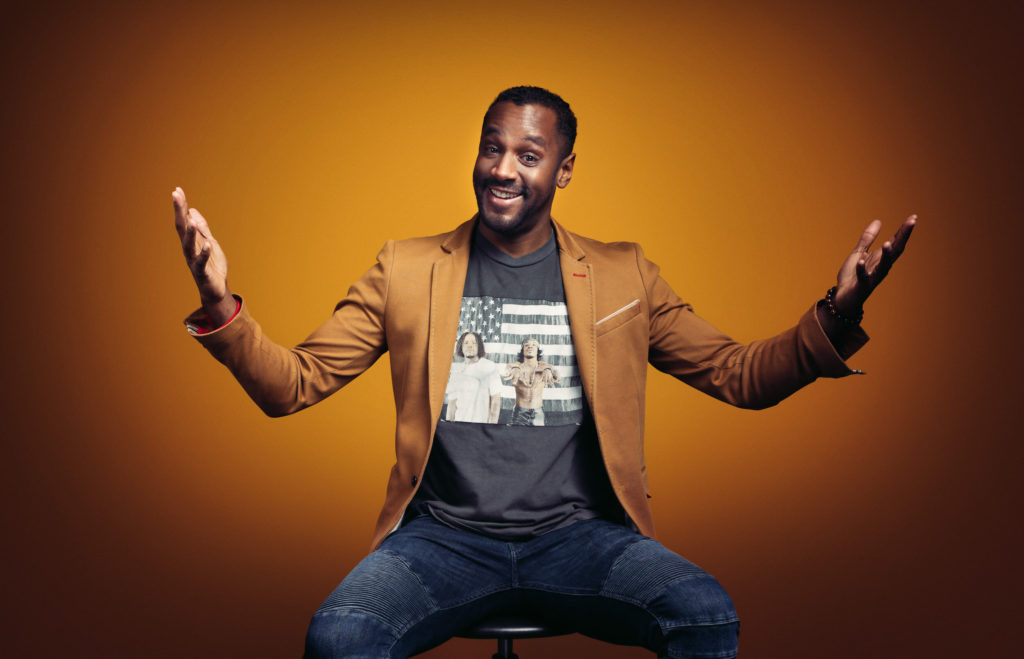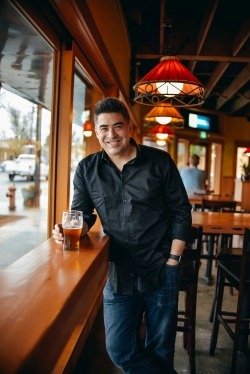The Nashville Symphony
An Evening of Americana and Itzhak Perlman’s Beethoven
Last Saturday night, December 11, 2021, the Nashville Symphony celebrated its 75th year with an exquisite fundraising concert featuring, in the Nashville tradition, three outstanding works of living composers paired with a chestnut from the repertoire performed by a world class virtuoso and conducted by Enrico Lopez-Yañez. The works of the three living composers, Carlos Simon’s The Block for Orchestra, Joan Tower’s Made in America, and Kenji Bunch’s Groovebox Fantasy, all featured a unique take on the late 20th and early 21st century American sound, while Itzhak Perlman’s performance of Ludwig van Beethoven’s Concerto for Violine and Orchestra topped off the evening.

Described by Simon as “a short orchestral study based on the late visual art of Romare Bearden,” The Block features a widely spaced and optimistic instrumentation that hearkens to Copland’s American sound even as the incessant rhythmic drive recalls John Adams minimalism. Yet there is something distinctly urban and optimistic in the sound, in its collage of styles swirling around a pulse and accessible tonality that hearkens to Bearden’s colorful, idealistic and sophisticated depictions of African American life in the city. The percussion section led by Sam Bacco deserve special note here.
Joan Tower’s Made in America holds a place of pride for the Nashville Symphony. In 2008, with the great Leonard Slatkin conducting, the orchestra won three Grammy Awards for its recording of this piece, including the Award for the Best Classical Contemporary Composition, Best Classical Album and Best Orchestral Performance. A great initial outing that has become a tradition, they now hold 14 awards and 24 nominations (for 2022 we are waiting to hear the result of the nomination for Best Orchestral Performance with John Adams: My Father Knew Charles Ives & Harmonielehre). Tower’s piece is, without doubt, patriotic, but this isn’t the kind of patriotism shouted across the battlefield. Instead, with its constant undermining of the primary melodic material, “America the Beautiful,” the expression is much more inward, concerning, and thoughtful. As Tower describes it, the theme constantly returns “…as if to say, I’m still here, ever changing, but holding my own.” In light of the events on January 6th of this year in Washington D.C., Tower’s concerns are more important than ever.

Closing the first half of the concert, Kenji Bunch’s Americanism is clearly more impacted by vernacular styles than those of Simon or Tower. His Groovebox Fantasy seemed more closely related to Darius Milaud’s La Création du monde, including an opening that manifests an entire symphonic landscape from the ether of jazz. The nuance by which Maestro Lopez-Yañez led the full orchestra through this piece was quite admirable.
After intermission, one was struck by the reduced forces of Beethoven’s orchestra, an impression that continued into the performance—that Beethoven could do so much with so much less. Perlman himself has described it as the “greatest concerto written for the violin.” Indeed, Perlman remarks on the classical nature of the work, in that the soloist is exposed, without a “big orchestra to hide behind.” On Saturday, he played it exquisitely. His vibrato, dynamics and feel blended well with our orchestra, and they moved as one in this remarkable work. His touch remains fleet and his vibrato still powerful.
In 2020 Corinna da Fonseca-Wollheim charged Perlman with falling behind the fashion of a new generation of violinists who “…have found ways to integrate the lessons of the period-instrument movement with symphony-hall glamour and punch; by contrast, Mr. Perlman’s style can seem staid and dated.” I disagree. I believe that with age, Maestro Perlman has recognized that virtuosity can exist in different areas of the music, in the delicate polyphony of the Kreisler cadenzas, or the gentle pastoral dance of the final movement, not just in a youthful “punch” of an opening movement’s fireworks. The performance was neither staid nor dated, but quite richly seasoned. Perhaps this is what Perlman meant when he said that to study the Beethoven Violin Concerto is “a journey of a lifetime.” As Perlman ended the evening and the audience leapt to its feet, I thought of how lucky I am to live in the Music City, and to still be able to hear this kind of performance. The Symphony returns in January with a concert of Mozart and Dvořák.




